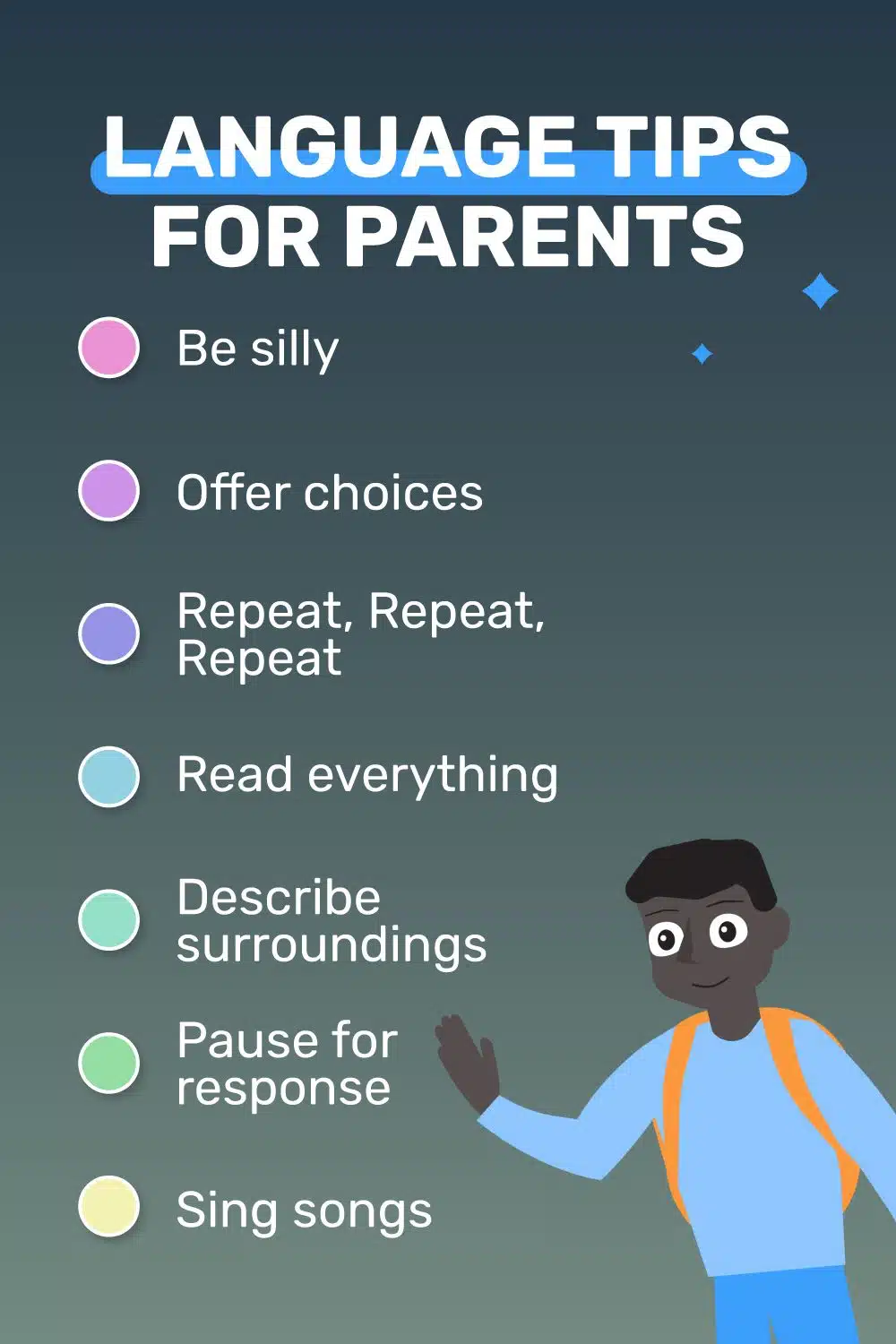Semantic feature analysis (SFA) is a way to understand the meaning of words by looking at their different parts. It helps us figure out what makes one word different from another. SFA can be helpful for kids with special needs who might have trouble remembering or understanding words. By breaking down the parts of a word and looking at what makes it unique, kids can better understand and remember the words they are learning. SFA is used in speech therapy and other educational settings to help kids improve their language skills.













